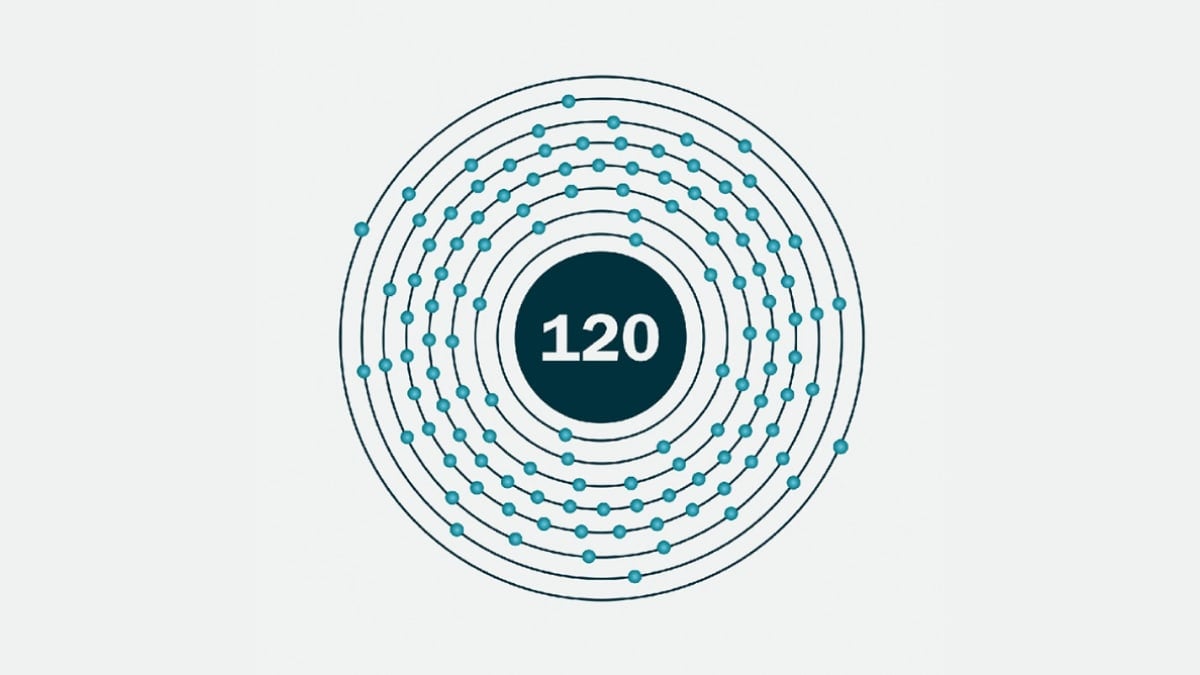Scientists are making significant strides toward potentially adding a new element to the periodic table. Currently, the table includes 118 elements, each with a distinct number of protons in its nucleus. For example, hydrogen has one proton, while oganesson has 118. The quest to explore the limits of atomic physics has led researchers to focus on creating element 120. If successful, this new element could be the next addition to the periodic table, marking a significant milestone in our understanding of chemistry and physics.
Exploring the Path to Element 120
The strategy to produce element 120 involves using titanium ions in a particle accelerator. Researchers aim to collide these ions with californium atoms, which have 98 protons. Since titanium has 22 protons and californium has 98, their collision should theoretically result in element 120, which would have a total of 120 protons. This approach is innovative, as titanium beams have not previously been used to create such heavy elements. The success of this method hinges on the ability to manage and direct these high-energy particles precisely.
Testing the Feasibility
In a recent experiment, scientists directed titanium ions at plutonium, which has 94 protons, with the goal of creating livermorium, an element with 116 protons. Over a span of 22 days, the team successfully detected two livermorium atoms in the aftermath of their particle collisions. This result suggests that titanium beams might indeed be a viable tool for creating new heavy elements. However, scientists anticipate that producing element 120 will be significantly more challenging and time-consuming, possibly requiring up to ten times longer than the livermorium experiment.
The Challenge of Creating New Elements
Historically, creating elements beyond the current 118 has involved using calcium-48 beams. Calcium-48, an isotope of calcium with 28 neutrons, has been employed in various experiments to push the boundaries of the periodic table. However, this method has its limitations, particularly with the use of radioactive target materials that decay too quickly for thorough analysis. By switching to titanium-50 beams, researchers aim to use more practical target materials, potentially overcoming the constraints imposed by faster-decaying elements.
Looking Ahead
The process of creating a new element is complex and requires meticulous experimentation. The shift to using titanium ions represents a promising new approach to discovering elements beyond those currently known. As research continues, scientists are hopeful that element 120 will soon join the periodic table, offering new insights into atomic physics and expanding our knowledge of the fundamental building blocks of matter. This advancement would not only enhance our understanding of chemistry but also push the boundaries of what is possible in scientific research.
































